Open Pathways: In Lieu of Services gives states a new way to rebalance long term care from nursing to assisted living settings.
Published in Today’s Geriatric Medicine Magazine (March 2021)
By Jason Bloome
The Centers for Medicare & Medicaid Services adopted a final rule in 2016 under Medicaid Managed Care regulations, giving states that use Managed Long Term Services and Supports (MLTSS) a new tool, In Lieu of Services (ILOS). Its function is to align incentives between the state and managed care organizations (MCOs) and to promote innovative programs that lower health care expenses while improving health outcomes.
States with MLTSS pay MCOs a capitated rate (per member, per month) to provide long-term support services (LTSS) to Medicaid beneficiaries. MLTSS has the potential to provide less costly, person-centered home and community-based alternatives to institutional care; improve care quality and coordination; increase quality of life; and reduce the use of unnecessary hospital, emergency departments, and institutional services.
Twenty-four states have MLTSS, and the member enrollment continues to grow: From 2012 to 2019 the number of participants more than tripled, from 800,000 to 2.7 million. MLTSS MCOs can use ILOS to substitute for an appropriate state plan or service as long as the state considers the ILOS to be cost-effective and medically appropriate, and the benefits are optional for the MCOs members.
One type of ILOS enables MLTSS MCOs to pay for assisted living homes “in lieu of” nursing homes for eligible candidates. Since care provided in assisted living is usually far more affordable than are Medicaid payments to nursing homes, states that successfully develop nursing home diversion/transition programs (known as LTSS rebalancing) can save millions of Medicaid dollars each year.
Efficient ILOS programs can overcome limitations with state-assisted living waiver programs that have a cap on enrollment, a mandatory 60- or 90-day minimum stay in a nursing home before program eligibility, carve-outs from MLTSS that disrupt continuity of care as beneficiaries transition between care levels, and/or ineligibility due to Medicaid share of costs.
Many MLTSS state models fiscally disincentivize MCOs that promote nursing home transition. When MCOs are successful in transferring members from high-rate cells (eg, nursing homes) to lower-rate cells (eg, assisted living), they receive less money each year when capitated rates are recalculated based on the number of members in each rate cell divided by the total number of members. This is known as capitated rate erosion.
ILOS solves the problem of capitated rate erosion by allowing the costs of the ILOS to be included as part of the annual rate setting and by considering assisted living to be covered as an expense for the medical loss ratio (MLR). MLR is a basic financial measurement used in the Affordable Care Act to encourage health plans to provide value to enrollees (eg, if an insurer uses 80 cents out of every premium dollar to pay its customers’ medical claims and activities that improve the quality of care, the company has a MLR of 80%).
Efficient ILOS programs align with state and federal goals of lowering the use of hospitalization, emergency departments, and/or nursing homes. States can encourage MLTSS MCOs to use ILOS to develop nursing home diversion/transition programs by sharing a percentage of the annual Medicaid cost savings and offering other fiscal incentives for meeting state mandated annual LTSS rebalancing goals.
In the future, successful ILOS programs that sprout throughout states will contribute to large-scale nationwide LTSS rebalancing initiatives powered by economic turbines that generate Medicaid savings while creating pathways out of nursing homes for tens of thousands of low-income older adults.
— Jason Bloome is owner of Connections—Care Home Consultants, an information and placement agency for care homes for older adults.
